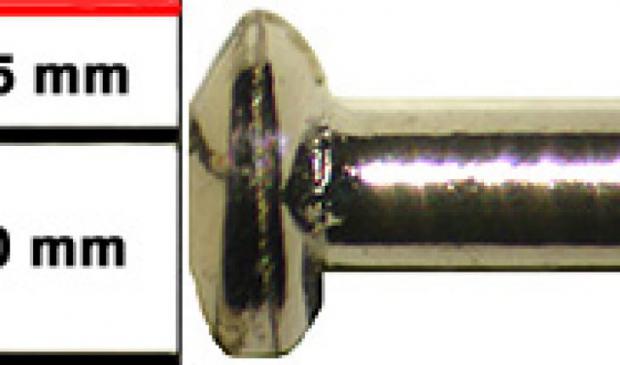
Breaking News
 BANK OF AMERICA SURRENDERS: BofA Just Issued a $309 Silver Alert (Physical Premiums Exploding)
BANK OF AMERICA SURRENDERS: BofA Just Issued a $309 Silver Alert (Physical Premiums Exploding)
 Steve Witkoff says they are close to finishing "a prosperity agreement" for Ukraine,...
Steve Witkoff says they are close to finishing "a prosperity agreement" for Ukraine,...
 NOW - Starmer says a declaration of intent has been signed...
NOW - Starmer says a declaration of intent has been signed...
 Remarks at the New Jersey Bankers Association, Jersey City, New Jersey
Remarks at the New Jersey Bankers Association, Jersey City, New Jersey
Top Tech News
 The First Production All-Solid-State Battery Is Here, And It Promises 5-Minute Charging
The First Production All-Solid-State Battery Is Here, And It Promises 5-Minute Charging
 See inside the tech-topia cities billionaires are betting big on developing...
See inside the tech-topia cities billionaires are betting big on developing...
 Storage doesn't get much cheaper than this
Storage doesn't get much cheaper than this
 Laser weapons go mobile on US Army small vehicles
Laser weapons go mobile on US Army small vehicles
 EngineAI T800: Born to Disrupt! #EngineAI #robotics #newtechnology #newproduct
EngineAI T800: Born to Disrupt! #EngineAI #robotics #newtechnology #newproduct
 This Silicon Anode Breakthrough Could Mark A Turning Point For EV Batteries [Update]
This Silicon Anode Breakthrough Could Mark A Turning Point For EV Batteries [Update]
 Travel gadget promises to dry and iron your clothes – totally hands-free
Travel gadget promises to dry and iron your clothes – totally hands-free
 Perfect Aircrete, Kitchen Ingredients.
Perfect Aircrete, Kitchen Ingredients.
 Futuristic pixel-raising display lets you feel what's onscreen
Futuristic pixel-raising display lets you feel what's onscreen
 Cutting-Edge Facility Generates Pure Water and Hydrogen Fuel from Seawater for Mere Pennies
Cutting-Edge Facility Generates Pure Water and Hydrogen Fuel from Seawater for Mere Pennies
Large amounts of high density MRAM data could enable pinhead size computers

Researchers outline their proposed combination which would allow for a more stable perpendicular anisotropic energy (PMA), the key driving component in a computer's RAM (random-access memory) or data storage. The material would be made up of ultrathin films, known as Fe monolayers, grown on top of non-magnetic substances, in this case X nitride substrate, where X could be boron, gallium, aluminum or indium. According to the research, this combination showed anisotropic energy would increase by fifty times, from 1 meV to 50 meV, allowing for larger amounts of data to be stored in smaller environments. There is a provisional patent pending which has been filed by UNHInnovation, which advocates for, manages, and promotes UNH's intellectual property.
In an era dependent on extremely large amounts of information, from laptops to phones, Zang says that there is a huge demand for more efficient devices. Creating smaller processors and storage units is an important step, not only for size but for data safety.
"There is a huge movement to switch to magnetic random access memory (MRAM) for storage in computers because it is more stable," said Zang. "Not only is data storage safer, but there is also less radiation emitted from the device. Our calculations and material combination opens the door to possibilities for much smaller computers for everything from basic data storage to traveling on space missions. Imagine launching a rocket with a computer the size of a pin head – it not only saves space but also a lot of fuel."



